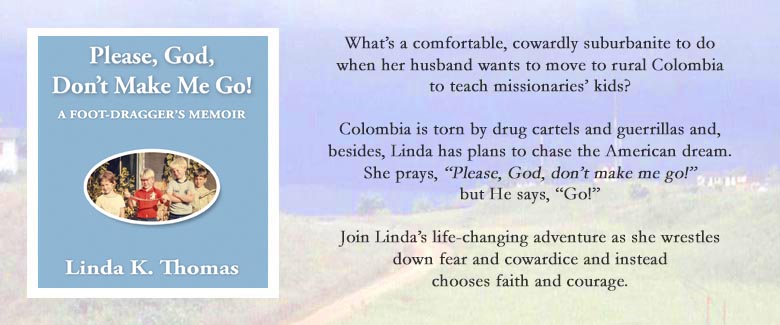For
boys—of all ages, including grown-up boys—living in that far-flung outback, Lomalinda,
was like living in paradise.
All
kinds of wild critters lived alongside us and Matt and his friends roamed at will for hours searching
for them. He was only beginning to discover the adventures of fishing, chasing
iguanas, making earthworm farms, collecting exotic fish for aquariums, making
walk-in cages for tropical birds, and sharing our plot of earth with ocelots
and anteaters. (See a photo, below, of Tommy Gardner holding an anteater. Also,
click on this link to see a fascinating video of an anteater and her baby.)
On one of our first afternoons, Matt
came running through the screen door, sweaty and breathing hard. “Gotta put
away this shield,” he said, tossing it on the porch. He and Glenny had been
pretending they were natives. “We’re gonna throw rocks at the bulls.”
Bulls? That didn’t seem like a good
idea—or even a sane idea—to me so I tagged along to investigate. In the
softball field below our house stood two Brahma bulls, white-gray, with humps
on their backs.
Glenny must have sensed my concern, so
he explained that local vaqueros (cowboys) let their cattle feed off our grass,
and the kids threw rocks to herd them away from homes. Matt had such fun
chasing those bulls that he didn’t even
notice he’d lost a loose tooth. (See photo below of one of the neighborhood
Brahma bulls.)
Little by little, we acquainted ourselves with all things Lomalinda,
sometimes through experience, other times through stories. We soon learned that
Lomalindians collected pets—not just dogs and cats and aquarium fish and
snakes. They also opened their homes to anteaters and naughty monkeys and
tropical birds, like toucans and parrots.
Many pet parrots sang songs, and one
of them even practiced the scales. And up at the Cromers’ house, every time
their dog barked, Patt yelled, “Bonnie, shut up!” Once when they were
parrot-sitting, the parrot learned to bark like Bonnie, and then holler,
“Bonnie, shut up!”
And then there’s the story of a couple
of parrots living near a chicken coop—and they started clucking. Other parrots
called out, “Knock, knock!” when people arrived at the door, and some laughed
like their owners. People told stories of the two parrots that talked to each
other in Spanish and English, and the obnoxious ones who flew away calling,
“Bad bird! Bad bird!” Another hollered “Volleyball!” at five o’clock when
Lomalinda’s offices closed and people headed to the volleyball courts.
There’s much
more I want to tell you—stories about howler monkeys, and boa constrictors, and
anacondas, and about swimming with huge stingrays and pirañas (piranhas).
Be sure to
come back next week for some awesome stories!







